Innovations to improve mask efficacy, with increasing focus on nanofiber manufacturing, have resulted in higher filtration efficiency, greater comfort, and easier breathing capacity. However, the effects of microwater droplets on the integrity of nanofibers are relatively unclear. In Physics of Fluids, researchers examine these ambiguities through a visualization of nanofibers interacting with water aerosol exposure. They used high-speed microscopic videos to systematically visualize the evolution of nanofibers with different contact angles, diameters, and mesh sizes under water aerosol exposure.
Tag: aerosol droplets
Normal Breathing Sends Saliva Droplets 7 Feet; Masks Shorten This
The WHO and the CDC recommend keeping a certain distance between people to prevent the spread of COVID-19. These social distancing recommendations are estimated from a variety of studies, but further research about the precise mechanism of virus transport is still needed. In Physics of Fluids, researchers demonstrate normal breathing indoors without a mask can transport saliva droplets capable of carrying virus particles to a distance of 2.2 meters in a matter of 90 seconds.
Women had “alarmingly high rates” of mental health problems during start of the pandemic
With research increasingly showing the COVID-19 virus is transmissible via smaller droplets suspended in air, there is growing concern current guidelines of mask wearing and social distancing are insufficient in indoor environments where people tend to be in close quarters. In AIP Advances, researchers in India show social distancing is equally as important as mask wearing when people indoors are just breathing or participating in normal conversation, even when there is no risk of coughing or sneezing.
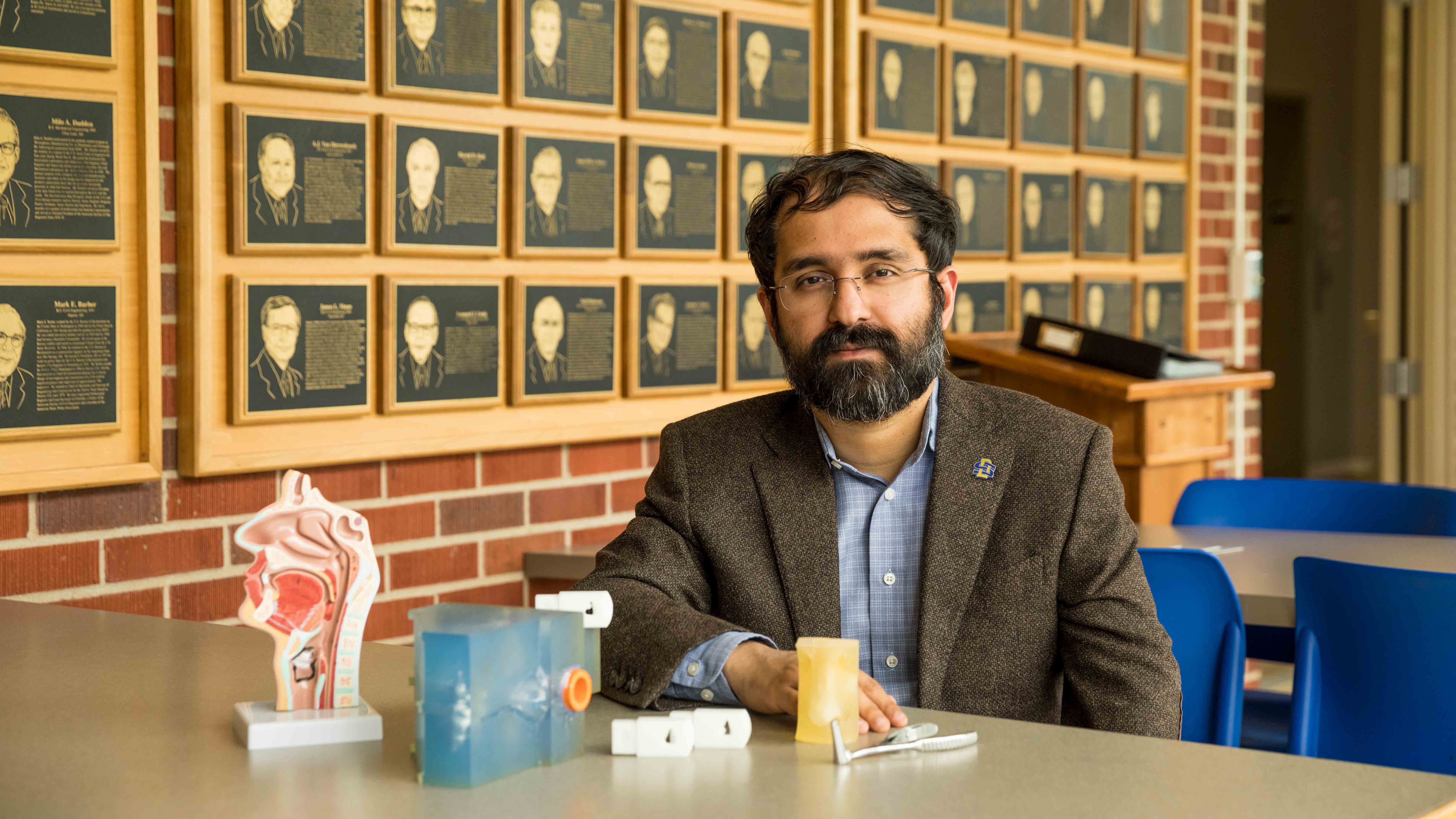
Aerosol modeling detects SARS-CoV-2 infectious dose, droplets
Fluid mechanics-based transport modeling in the human respiratory tract and research data were used to determine which droplet sizes are most like to reach the dominant infection site and the number of virus particles needed to trigger infection.
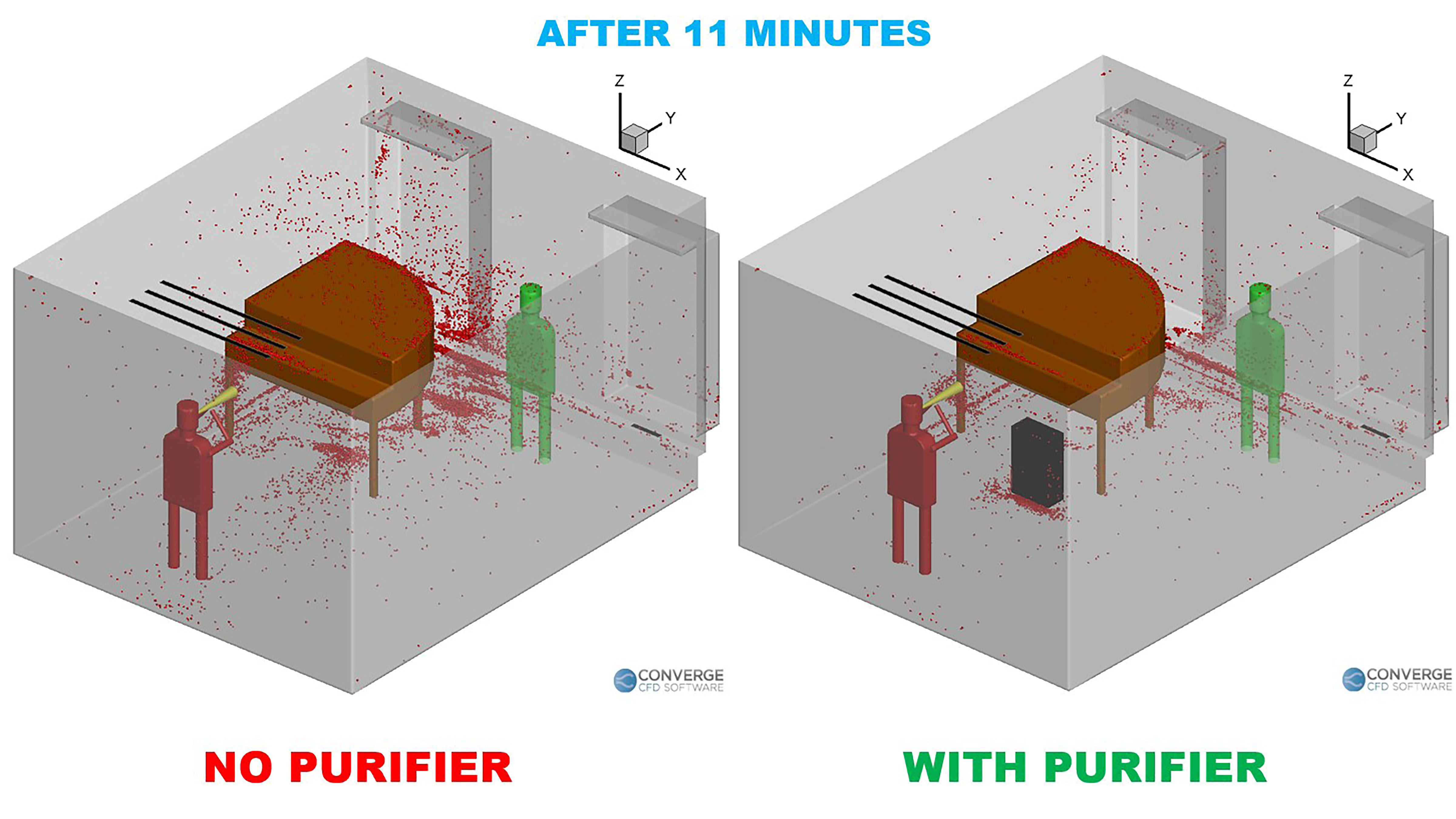
Strategic Air Purifier Placement Reduces Virus Spread Within Music Classrooms
The University of Minnesota School of Music was concerned about one-on-one teaching during the COVID-19 pandemic and wondered if it should supplement its ventilation system with portable HEPA air purifiers. So, school officials reached out to Suo Yang, a professor within the College of Science and Engineering, and his team to figure it out. In Physics of Fluids, Yang and the researchers describe their work to predict how virus particles spread within a music classroom.
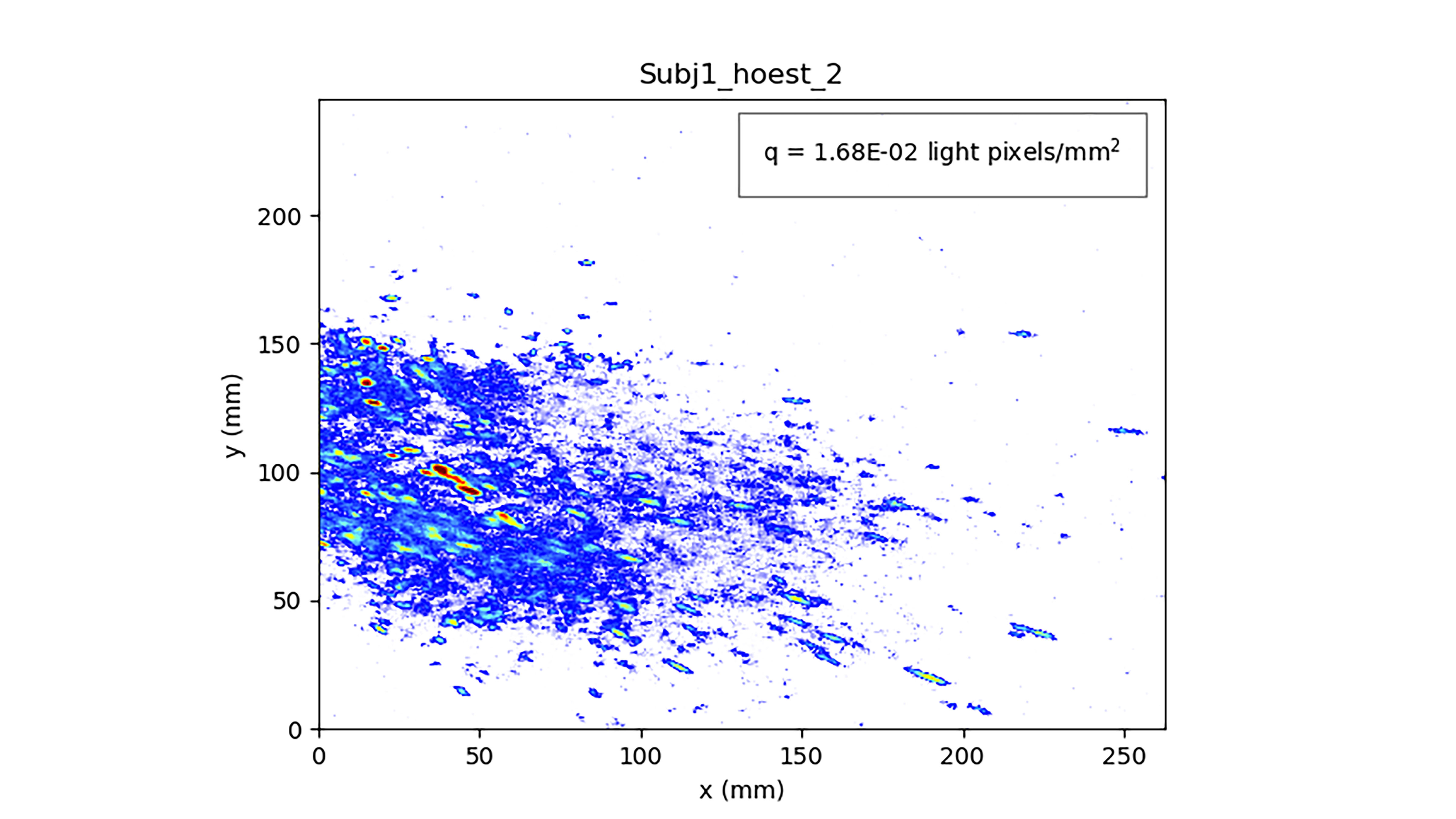
Hand-Held Device Measures Aerosols for Coronavirus Risk Assessment
Understanding aerosol concentrations and persistence in public spaces can help determine infection risks. However, measuring these concentrations is difficult, requiring specialized personnel and equipment. Now, researchers demonstrate that a commercial hand-held particle counter can be used for this purpose and help determine the impacts of risk-reducing measures, like ventilation improvements. They describe the quick and easy, portable process in the journal Physics of Fluids.

The Mask Matters: How Masks Affect Airflow, Protection Effectiveness
Even though it has been widely known that wearing a face mask will help mitigate the community spread of COVID-19, less is known regarding the specific effectiveness of masks in reducing the viral load in the respiratory tracts of those wearing them. In Physics of Fluids, researchers examined the effect of wearing a three-layer surgical mask on inspiratory airflows and the mask’s effects on the inhalation and deposition of ambient particles in the upper respiratory airways.
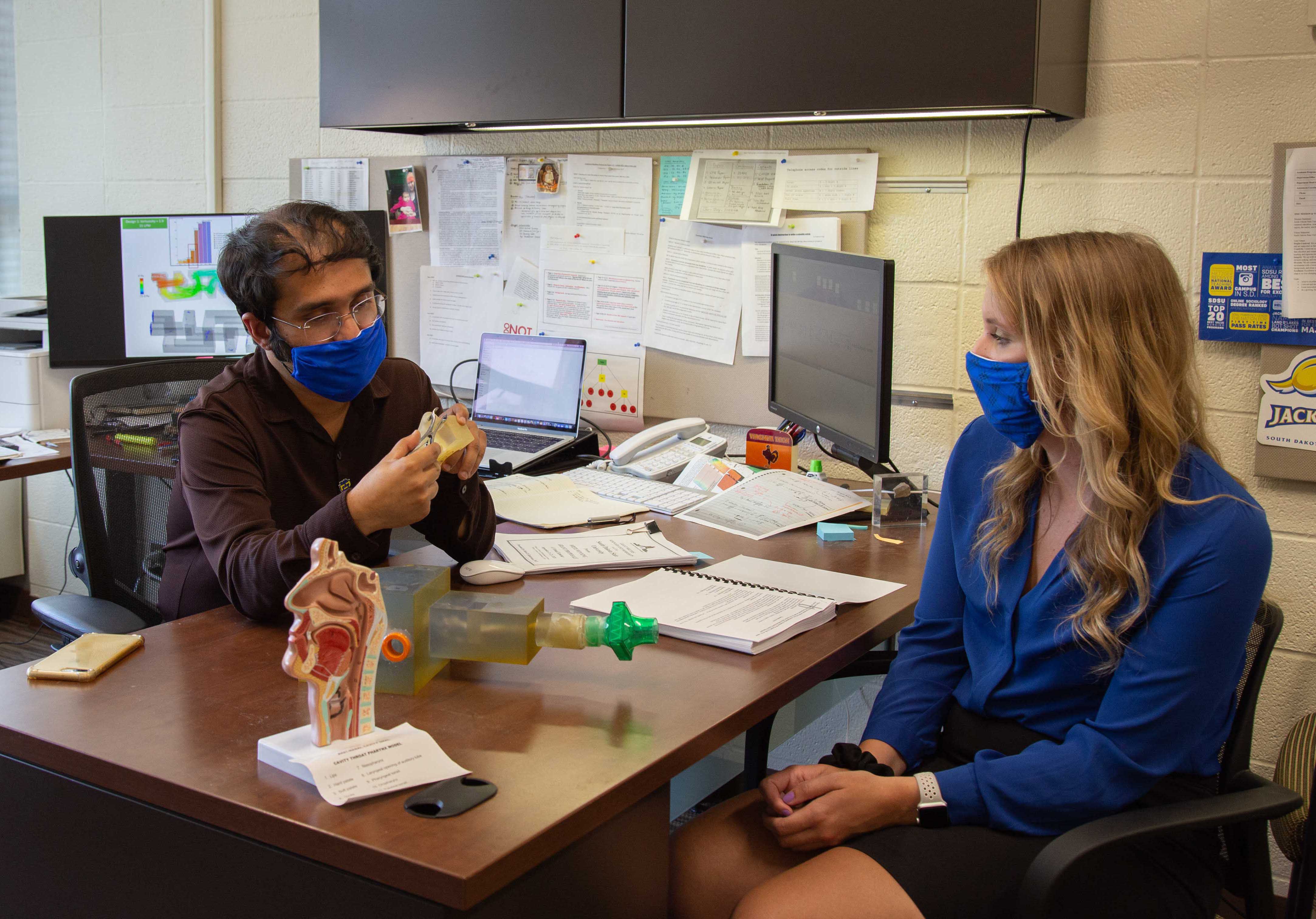
Masks can help block coronavirus-carrying droplets
Aerosol modeling shows masks can block the inhaled droplet sizes that are most likely to reach key infection site, nasopharynx.
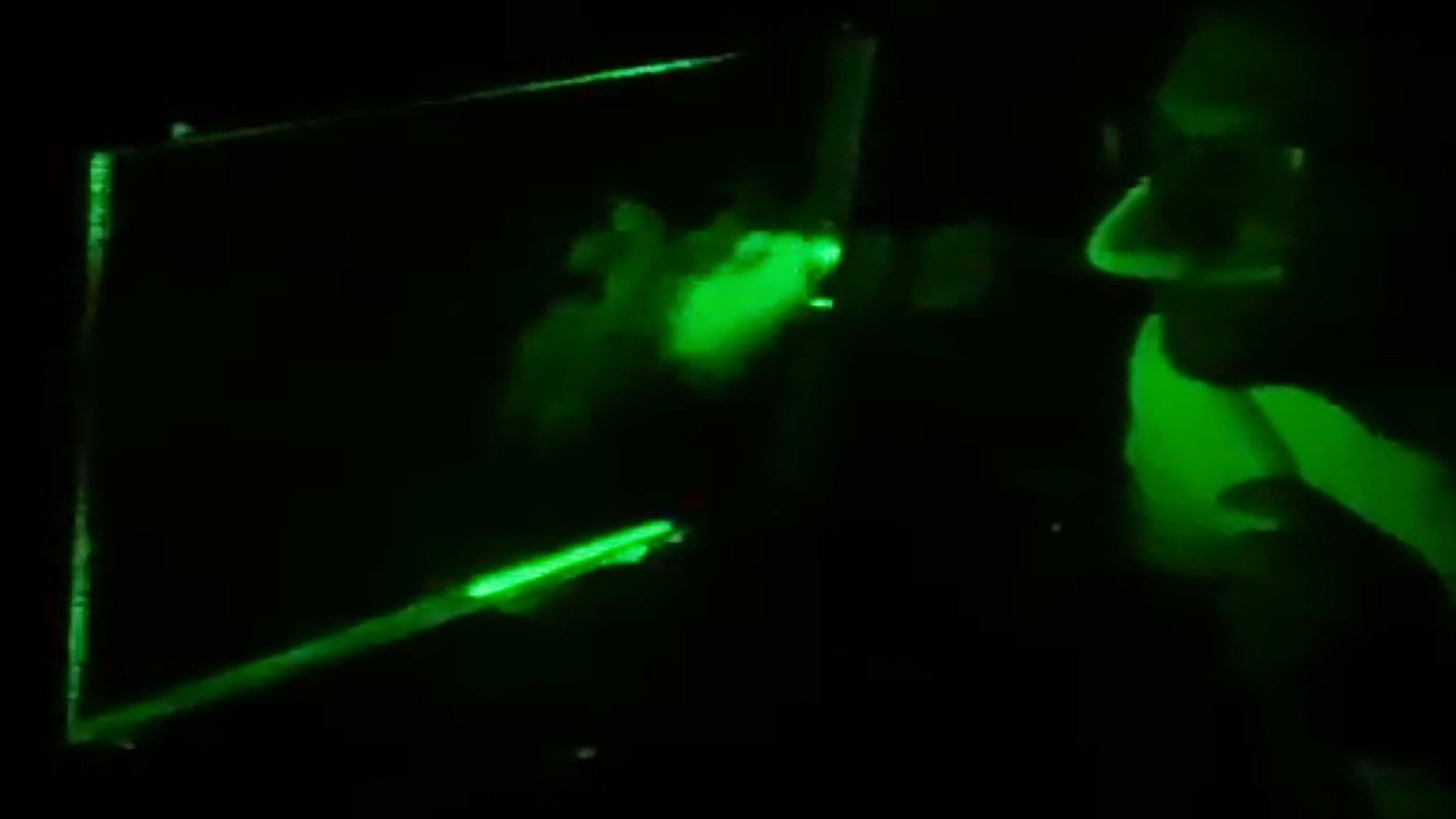
Aerosol Microdroplets Inefficient Carriers Of COVID-19 Virus
Aerosol microdroplets do not appear to be extremely efficient at spreading the virus that leads to COVID-19. While the lingering microdroplets are certainly not risk-free, due to their small size they contain less virus than the larger droplets that are produced when someone coughs, speaks, or sneezes directly on us, said researchers at the University of Amsterdam’s Van der Waals-Zeeman Institute. The results were published in Physics of Fluids.

Aerosol modeling targets sinus inflammation
New instructions for using nasal sprays may help deliver at least eight times more inflammation-reducing medicine to diseased sinus tissues.

Signatory to letter to WHO focused on understanding virus transmission by aerosols
On Monday, more than 230 scientists from around the world declared “It’s time to address airborne transmission of COVID-19.”In a letter signed by Washington University in St. Louis faculty and published in the journal Clinical Infectious Diseases, directed toward “Most public health organizations, including the World Health Organization,” the scientists urged that public health organizations need to make recommendations beyond hand washing and mask-wearing.
Society for Risk Analysis to Host Webinar on Aerosol Transmission of COVID-19
The Society for Risk Analysis (SRA), the world’s leading authority on risk sciences and its applications, is hosting a webinar on Thursday, June 11 at 11 a.m. ET to discuss the latest research on aerosol transmission of COVID-19.
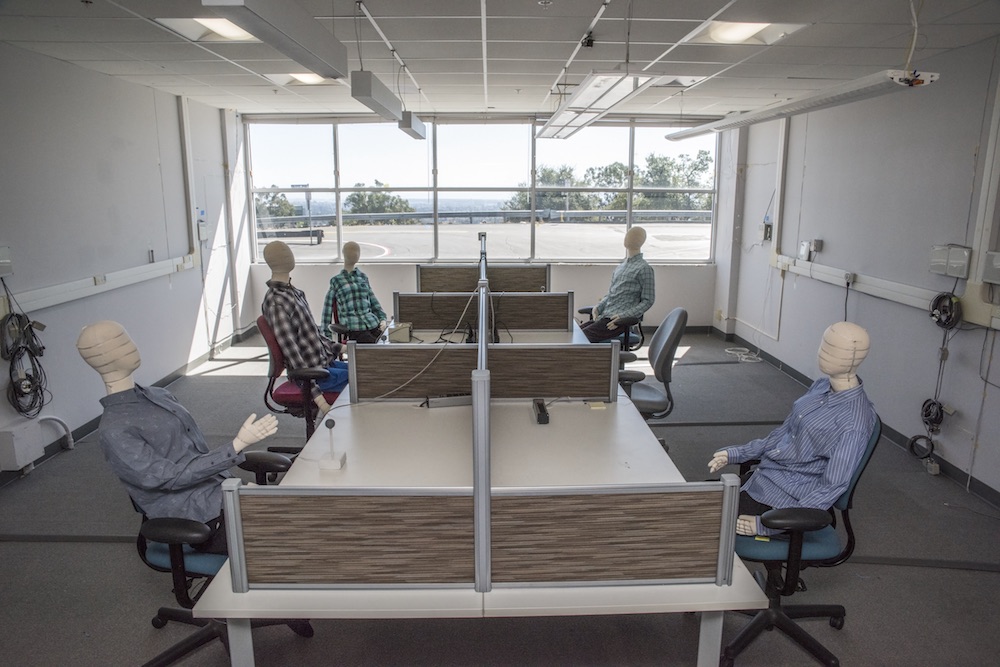
New Research Launched on Airborne Virus Transmission in Buildings
As society prepares to reopen indoor spaces and ease back into some sense of normalcy during the COVID-19 pandemic, a team of researchers at Lawrence Berkeley National Laboratory is launching a study of the risk of airborne transmission of viruses within buildings and how to mitigate those risks.
The best material for homemade face masks may be a combination of two fabrics
Researchers report in ACS Nano that a combination of cotton with natural silk or chiffon can effectively filter out aerosol particles –– if the fit is good.
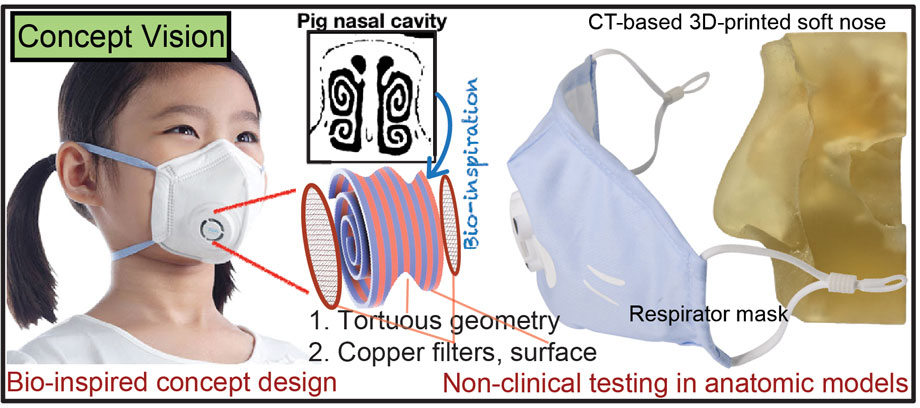
New reusable respirator will trap, kill coronavirus
A multi-institutional team of researchers who will be designing and developing a mask with a reusable respirator that captures and kills the novel coronavirus.